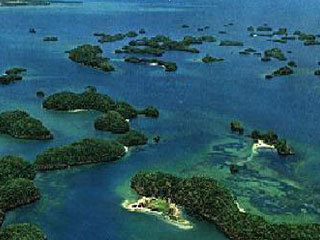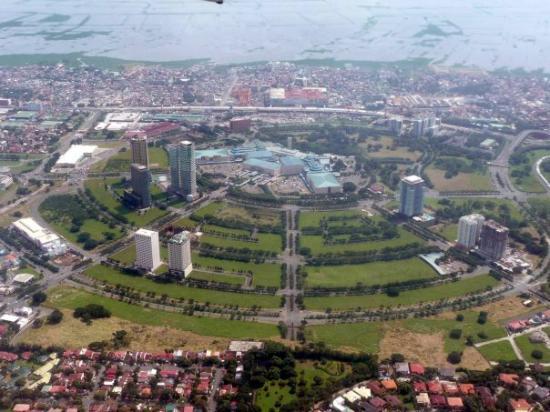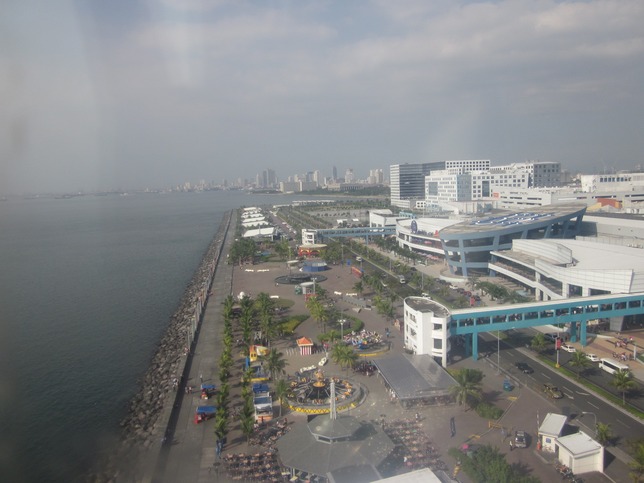Philippines - Tourist places
 Pangasinan is ’a salt country’ as its name denotes in the vernacular and one of the 77 provinces of the Republic of the Philippines.Pangasinan is the name for the province, the people, and the primary language spoken in the province. Indigenous Pangasinan speakers are estimated to number at least 1.5 million. The Pangasinan language is one of the officially recognized regional languages in the Philippines. Pangasinan is spoken as a second-language by many of the ethnic minorities in Pangasinan. The most significant minority ethnic groups in Pangasinan are the Ilocano Bolinao, and Tagalog.
Pangasinan is ’a salt country’ as its name denotes in the vernacular and one of the 77 provinces of the Republic of the Philippines.Pangasinan is the name for the province, the people, and the primary language spoken in the province. Indigenous Pangasinan speakers are estimated to number at least 1.5 million. The Pangasinan language is one of the officially recognized regional languages in the Philippines. Pangasinan is spoken as a second-language by many of the ethnic minorities in Pangasinan. The most significant minority ethnic groups in Pangasinan are the Ilocano Bolinao, and Tagalog.  Boracay Boracay is a small island in the Philippines located approximately 315 km (196 mi) south of Manila and 2 km off the northwest tip of Panay Island in the Western Visayas region of the Philippines. Boracay Island and its beaches have received awards from numerous travel publications and agencies.[Note 1] The island comprises the barangays of Manoc-Manoc, Balabag, and Yapak municipality of Malay, province of Aklan. The island is administered by the Philippine Tourism Authority and the provincial government of Aklan. Apart from its white sand beaches, Boracay is also famous for being one of the world's top destinations for relaxation.It is also emerging among the top destinations for tranquility and nightlife.
Boracay Boracay is a small island in the Philippines located approximately 315 km (196 mi) south of Manila and 2 km off the northwest tip of Panay Island in the Western Visayas region of the Philippines. Boracay Island and its beaches have received awards from numerous travel publications and agencies.[Note 1] The island comprises the barangays of Manoc-Manoc, Balabag, and Yapak municipality of Malay, province of Aklan. The island is administered by the Philippine Tourism Authority and the provincial government of Aklan. Apart from its white sand beaches, Boracay is also famous for being one of the world's top destinations for relaxation.It is also emerging among the top destinations for tranquility and nightlife.
 Santo Nino de Cebu as earlier authenticated entry in the Journal of Pigafetta, clerk in the Magellan expedition, explains the origin of Santo Nino:On the day Queen Juana was baptized by Father Pedro Valderama, chaplain of that expedition, Pigaffeta himself presented her with the Image.Claiming to be the oldest religious image in the Philippines, the statue was originally given in 1521 as a gift by Portuguese explorer Ferdinand Magellan via Antonio Pigafetta, who physically handed it to Lady Humamay, the principal wife of Rajah Humabon, along with a statue of the Our Lady of Guidance and a surviving bust statue of Ecce Homo.
Santo Nino de Cebu as earlier authenticated entry in the Journal of Pigafetta, clerk in the Magellan expedition, explains the origin of Santo Nino:On the day Queen Juana was baptized by Father Pedro Valderama, chaplain of that expedition, Pigaffeta himself presented her with the Image.Claiming to be the oldest religious image in the Philippines, the statue was originally given in 1521 as a gift by Portuguese explorer Ferdinand Magellan via Antonio Pigafetta, who physically handed it to Lady Humamay, the principal wife of Rajah Humabon, along with a statue of the Our Lady of Guidance and a surviving bust statue of Ecce Homo.  The Banaue Rice Terraces (Tagalog: Hagdan-hagdang Palayan ng Banawe) are 2,000-year old terraces that were carved into the mountains of Ifugao in the Philippines by ancestors of the indigenous people.The Rice Terraces are commonly referred to by Filipinos as the "Eighth Wonder of the World". It is commonly thought that the terraces were built with minimal equipment, largely by hand. The terraces are located approximately 1500 metres (5000 ft) above sea level and cover 10,360 square kilometres (about 6000 square miles) of mountainside. They are fed by an ancient irrigation system from the rainforests above the terraces. It is said that if the steps are put end to end it would encircle half the globe.
The Banaue Rice Terraces (Tagalog: Hagdan-hagdang Palayan ng Banawe) are 2,000-year old terraces that were carved into the mountains of Ifugao in the Philippines by ancestors of the indigenous people.The Rice Terraces are commonly referred to by Filipinos as the "Eighth Wonder of the World". It is commonly thought that the terraces were built with minimal equipment, largely by hand. The terraces are located approximately 1500 metres (5000 ft) above sea level and cover 10,360 square kilometres (about 6000 square miles) of mountainside. They are fed by an ancient irrigation system from the rainforests above the terraces. It is said that if the steps are put end to end it would encircle half the globe.
Philippines - Manila City

Capital city and the second largest city of the Philippines. It is one of the sixteen cities (along with the municipality of Pateros) that the National Capital Region called Metro Manila comprises.
Lungsod ng Pasay

The City of Pasay (Filipino: Lungsod ng Pasay) is one of the cities and municipalities that make up Metro Manila in the Philippines. It is bordered on the north by the country's capital, Manila, to the northeast by Makati City, to the east by Taguig City, and Parañaque City to the south.

